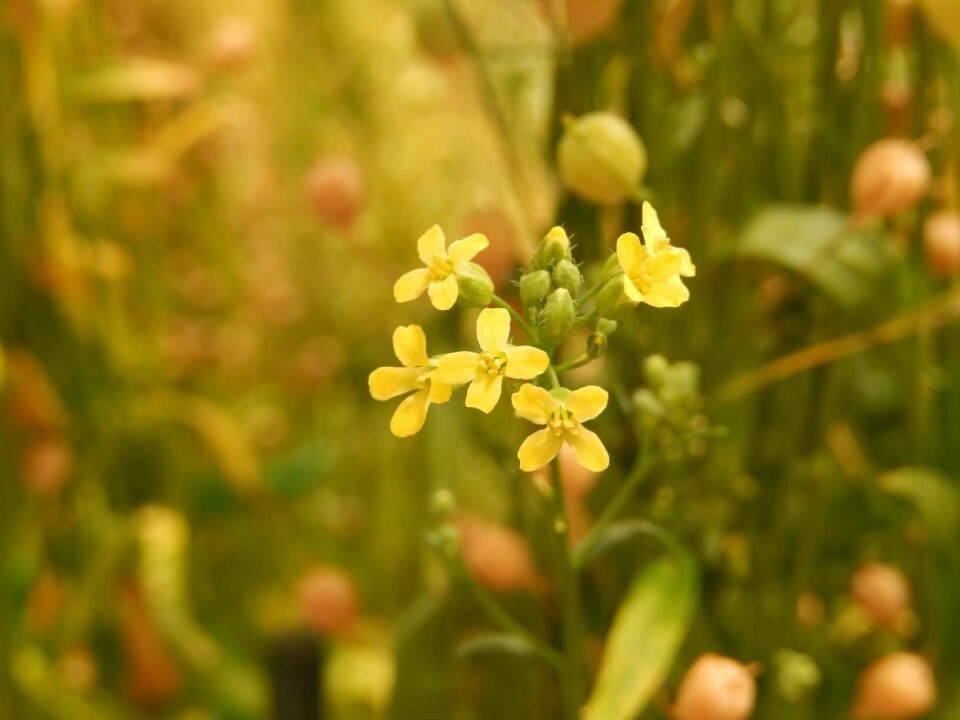
Plant-based omega-3 breakthrough
Professor Johnathan Napier, leading the programme, said: “The omega-3 fish oil trait that we have developed is probably the most complex example of plant genetic engineering to be tested in the field. This is a globally-significant proof of concept and a landmark moment in the effort to develop truly sustainable sources of feed for fish farms.”
Rothamsted scientists have already shown that they can successfully engineer Camelina sativa plants to produce non-native omega-3 strains EPA and DHA, by introducing a set of seven synthetic genes based on the DNA sequences found in photosynthetic marine organisms. Although previous experiments in glasshouses had given positive indications for the performance of this trait, this trial demonstrated the stability of the trait and the ability of the plants to synthesise useful quantities of fish oils without any negative effects on yield. Monitoring of the plants grown in the field showed no obvious phenotypic differences in the growth, flowering or seed-set of the GM plants when compared to the non-GM control plants.
The field trial conducted at Rothamsted Research’s experimental farm continues this year. In the field this year two GM Camelina lines are sown as well as the non-GM controls. One line is the same as the one described in the current publication making EPA and DHA. The second one is a GM Camelina line that makes only EPA. Analyses and comparisons will be conducted between the two lines.
The full results of the study are published today in the journal Metabolic Engineering Communications.




















































